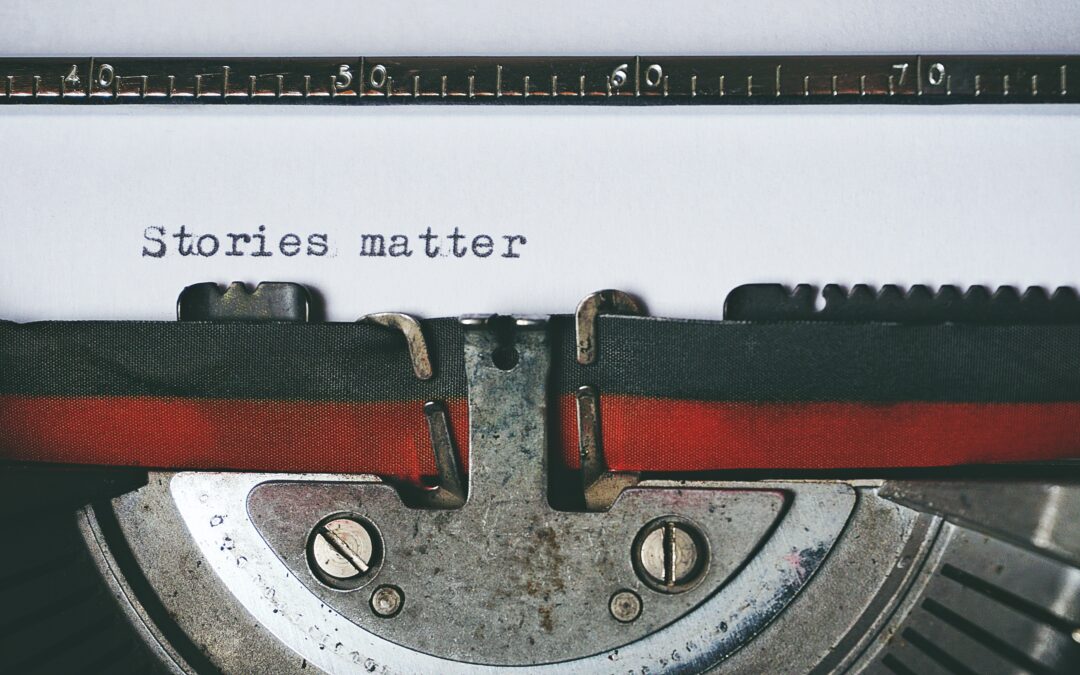While our daily bread and butter is to talk with journalists, understand their deadlines, editorial priorities and so forth, at NoBorders Communications we thought it would be good to do a ‘reset’. We wanted to be sure our modus operandi also helps makes the life of journalists easier and with this, increases our success rate for our clients.

We talked to Maria-Luisa Doldi, a journalist for 16 years, biologist by education and a Masters in Technical and Scientific writing. Maria-Luisa writes for a number of magazines, primarily ZeroSottoZero and is the author of ‘Rinnovabili: se non ora, quando? Comprendere le rinnovabili e la loro importanza per il futuro’ (Renewables: if not now, when? Understanding renewables and their importance for the future’)
Question: There are some voices saying that press releases are an item of the past, that the advancement of communications tools and social media have made the press release obsolete as the primary tool of sharing information with journalists. Do you agree? Or is it something that is not necessarily true in the B2B sector? Simply – are press releases still a valuable source of information for you?
Definitely, press releases are for me still an important source of information. The information you get through social channels like Twitter or Linkedin or Instagram is too short, too personal or too superficial to be considered a source of information. These channels are for me just the kick to go on companies’ websites and search for more information, like a press release for example. It is quite frustrating sometimes to read in twitter about a new product and to go the website without finding any additional information there. In that case I mostly leave the news where it is: it is not worth to get an insight if the company itself does not spend a few more words on it than a twitter message. A good press release instead could be the beginning of a deeper look into the company/product/event. To read a news on twitter or a social channel is like to read the title of an article. Then you need a text to really understand what it is all about. Even if it is true: there are many people stopping at the title! Quick but not effective.
What are your main sources for company news? Do you look for information on companyies’ websites, social media channels … or with so much happening every day you do rely on the direct communication channels with PR consultants or in-house comms managers and their feedback?
Direct communication channels are for sure the most efficient and effective because targeted, selected information comes to you without the need for searching. But of course, I must look also at social channels, hoping that they have a follow up on more detailed information e.g on companies or associations website or through PR channels. Otherwise they are not really useful for me.
In your view, what should an ideal press release include/how should it be written to make your life easier and be interesting for you to publish it?
It must not be longer than a single A4 page. It must not be a self-celebratory text. The reader must understand what is the innovation of your product, company or whatever and why (eventually) you are better than others only in an indirect why, for example clearly underlining which are the innovations /novelties of your service or product or whatever. It must not contain slogans and if it is in Italian it should not contain too many English words or expressions. It must have at least one picture in high resolution with (if possible) a caption. It is frustrating to receive press releases and to have to run after pictures. It must also contains contact information to which you can reach out if you would like to deepen your research on the topic. And if there are related documents, yes they are welcome. For example, if the press release is about a publicly available study, then it would be nice to have it or at least a link to it. This could also be the beginning of a deeper article or of an interview. The feeling which should come out of a good press release for the reader is: we are giving you this information because we think it could be of added value for the community of your readers, for the sector, for the professionals in the field. In this case, you give the reader a reason to read your press release.
On the technical side of things, do you prefer to receive the press releases separately as attachments (word or pdf) along with the image files, or is body of the email enough, or maybe you prefer an email with links to a sharepoint where you can download all the files yourself (docs, images etc.)?
Possibly a word file, not a pdf. Also an email with a link to accessible storage options like shared drives. This ensures high resolutions pictures make it to me and even better if they are organised in clear folders.
You probably receive a significant number of press releases every day (how many on average?) Do you read them all? What makes you open one email but simply delete another one?
I receive an average of ten press releases per day. First, second and third of all, the topic – if it is ok for my magazines then I read it, otherwise it goes in the bin.
As a busy journalist you must have a full mailbox every day. How do you feel about PR managers following up after a press release distribution and asking if you received it and if you would publish it? Does it happen often at all? Does it bother you or is it helpful as it could bring the story to your attention that you might have missed earlier?
There is a PR office I work with which acts like the following: they know the magazine where I publish their news. After sending the news they monitor the magazine online and only if they do not see the news within a certain time, they call me. And indeed, in that case I lost the mail. In this case the call was positive but behind it there was a monitoring of the magazine website by the PR office. This is in my opinion the best way to act: it shows that the PR office is also monitoring your magazine, it knows where you publish, which is also the reason why the press releases are always very targeted. The worst is when PR offices call me to ask if I published a news which I have already published… this means they do not even give a quick look to the magazine online… This is quite annoying.

